Home>Gardening & Outdoor>Landscaping Ideas>How To Get Rid Of Wheat Grass
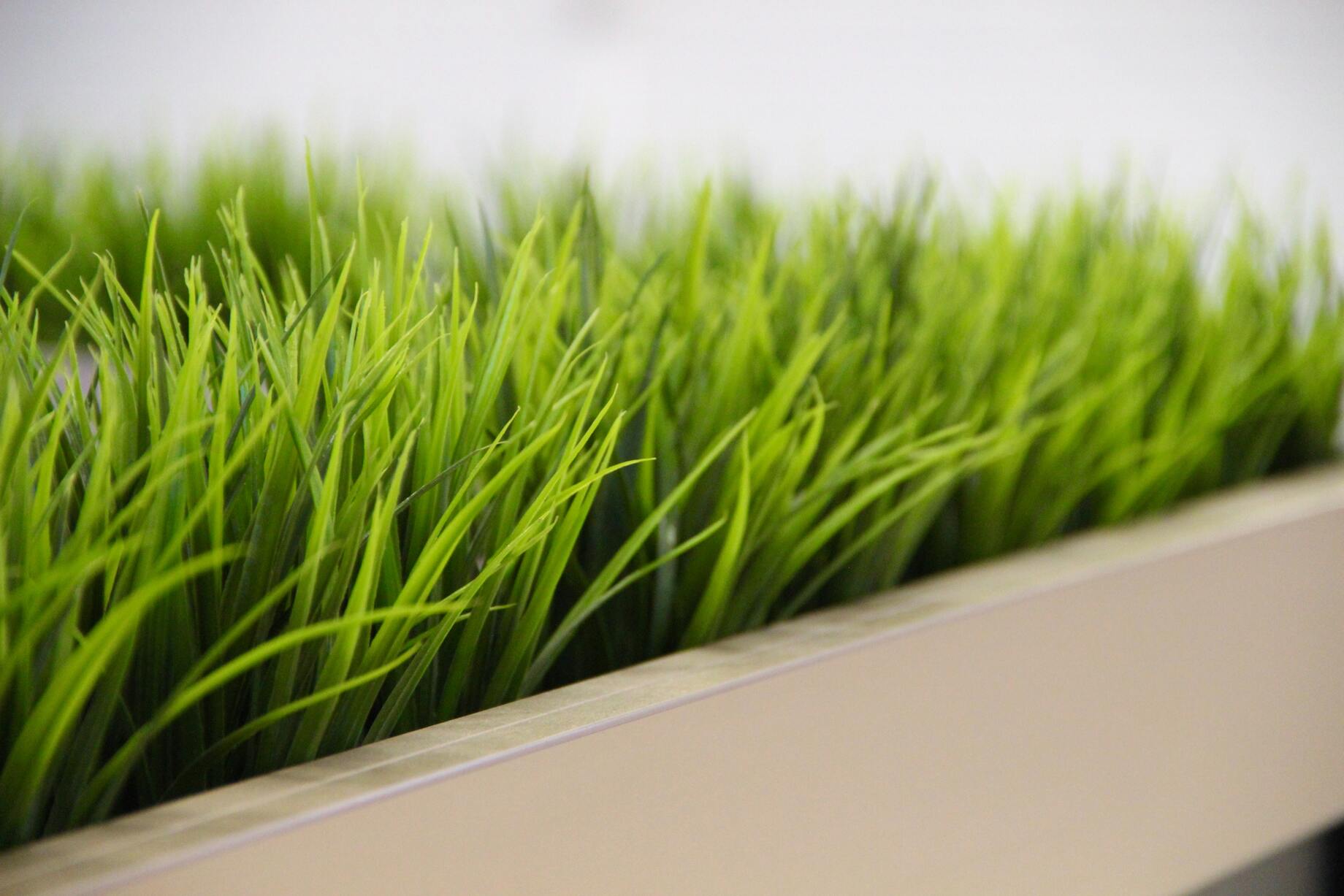

Landscaping Ideas
How To Get Rid Of Wheat Grass
Modified: February 29, 2024
Discover effective landscaping ideas to eliminate wheat grass from your yard. Explore expert tips and techniques for a lush, weed-free lawn.
(Many of the links in this article redirect to a specific reviewed product. Your purchase of these products through affiliate links helps to generate commission for Storables.com, at no extra cost. Learn more)
Introduction
Are you dealing with an unwanted invasion of wheatgrass in your garden or yard? If so, you're not alone. While wheatgrass is celebrated for its health benefits and use in juicing and smoothies, it can be an unwelcome guest when it takes root in areas where it's not wanted. This resilient and fast-growing grass has a knack for spreading, making it a common nuisance for many homeowners and gardeners.
In this comprehensive guide, we'll delve into the world of wheatgrass, exploring its characteristics, health benefits, potential side effects, and, most importantly, effective methods for getting rid of it. Whether you're a gardening enthusiast, a homeowner looking to reclaim your yard, or simply curious about this prolific plant, this article will equip you with the knowledge and strategies needed to tackle wheatgrass infestations head-on. So, let's roll up our sleeves and dive into the world of wheatgrass and how to bid it adieu.
Key Takeaways:
- Say goodbye to unwanted wheatgrass in your garden with manual removal, mulching, vinegar solutions, and more. Reclaim your outdoor space and keep it wheatgrass-free with these effective strategies!
- While wheatgrass offers health benefits, it can be a persistent intruder. Understand its potential side effects and consider professional help for extensive infestations. Safely manage and eliminate unwanted wheatgrass for a flourishing outdoor environment.
Read more: How To Get Rid Of Crabgrass
Understanding Wheat Grass
Wheatgrass, scientifically known as Triticum aestivum, is the young grass of the common wheat plant. It is renowned for its rich nutrient content, including vitamins, minerals, antioxidants, and amino acids. Typically grown indoors and harvested when it reaches 7-10 inches in height, wheatgrass is often juiced or consumed in powdered form as a dietary supplement.
This vibrant green grass is characterized by its rapid growth, reaching maturity in as little as 7-10 days under optimal conditions. Its ability to thrive in a variety of climates and soil types contributes to its widespread presence, often making it a persistent intruder in gardens, lawns, and agricultural fields.
Wheatgrass is known for its detoxifying properties and is believed to support overall health and well-being. It is often lauded for its high chlorophyll content, which is thought to aid in cleansing the body and supporting the immune system. Additionally, wheatgrass contains essential vitamins such as vitamin A, vitamin C, and vitamin E, as well as minerals like iron, calcium, and magnesium, making it a nutritional powerhouse.
While wheatgrass has gained popularity for its health benefits, its vigorous growth and invasive nature can pose challenges for those seeking to control its spread. Understanding the characteristics and growth patterns of wheatgrass is crucial for effectively managing and eliminating it from unwanted areas.
Health Benefits of Wheat Grass
Wheatgrass has garnered attention for its array of potential health benefits, making it a popular addition to health and wellness regimens. Here are some of the key advantages associated with consuming wheatgrass:
- Nutrient-Rich: Wheatgrass is packed with essential vitamins, minerals, and enzymes, offering a concentrated source of nutrients that may contribute to overall health and vitality.
- Detoxification: Its high chlorophyll content is believed to support the body’s natural detoxification processes, helping to eliminate toxins and impurities.
- Antioxidant Properties: Wheatgrass contains antioxidants that may help combat oxidative stress and reduce the risk of chronic diseases.
- Immune Support: The rich nutrient profile of wheatgrass is thought to bolster the immune system, potentially enhancing the body’s ability to ward off infections and illnesses.
- Digestive Health: Some proponents suggest that wheatgrass may aid in digestion and promote gut health, potentially alleviating digestive issues.
- Energy and Vitality: Consuming wheatgrass is often associated with increased energy levels and overall vitality, offering a natural boost for the body and mind.
- Support for Skin Health: The nutrients found in wheatgrass may contribute to healthy skin, potentially addressing concerns such as acne, inflammation, and signs of aging.
While these potential benefits make wheatgrass an appealing dietary supplement for many, it’s important to note that individual responses to wheatgrass can vary. Some people may experience these benefits firsthand, while others may not notice significant changes in their health or well-being.
As with any supplement or dietary addition, it’s advisable to consult with a healthcare professional before incorporating wheatgrass into your routine, particularly if you have existing health conditions or are taking medications. Understanding the potential benefits and considering individual health circumstances can help ensure a safe and informed approach to incorporating wheatgrass into a balanced lifestyle.
To get rid of wheatgrass, you can manually pull it out by hand, making sure to remove the entire root system. You can also use a natural herbicide or cover the area with a thick layer of mulch to prevent regrowth.
Potential Side Effects
While wheatgrass is celebrated for its potential health benefits, it’s important to be aware of potential side effects and considerations associated with its consumption. Here are some factors to keep in mind:
- Food Allergies: Individuals with gluten sensitivities or wheat allergies should exercise caution when consuming wheatgrass, as it is derived from the common wheat plant. While the grass itself does not contain gluten, cross-contamination during processing is possible.
- Digestive Upset: Some individuals may experience gastrointestinal discomfort, such as nausea, bloating, or diarrhea, when first introducing wheatgrass into their diet. This is particularly common when consuming raw wheatgrass juice.
- Interactions with Medications: Wheatgrass may interact with certain medications, affecting their absorption or efficacy. It’s important to consult with a healthcare provider if you are taking medications to avoid potential interactions.
- Bacterial Contamination: When consumed raw or in juice form, there is a risk of bacterial contamination, particularly if the wheatgrass is not handled and processed under sanitary conditions.
- Pregnancy and Breastfeeding: Pregnant or breastfeeding individuals should seek guidance from a healthcare professional before incorporating wheatgrass into their diet, as its safety during these stages is not conclusively established.
- Environmental Contaminants: Wheatgrass, if grown in contaminated soil or exposed to environmental pollutants, may carry traces of heavy metals or other contaminants, posing potential health risks.
It’s essential to approach the consumption of wheatgrass with mindfulness and awareness of individual health considerations. While many people may enjoy the benefits of wheatgrass without experiencing adverse effects, it’s prudent to monitor your body’s response and seek professional guidance if you have any concerns or pre-existing health conditions.
By staying informed about potential side effects and taking necessary precautions, individuals can make informed decisions about incorporating wheatgrass into their dietary and wellness practices, ensuring a safe and beneficial experience.
Ways to Get Rid of Wheat Grass
Dealing with an overgrowth of wheatgrass in your garden or yard can be a daunting task, but there are several strategies to effectively manage and eliminate it. Here are some methods to consider when seeking to rid your outdoor space of unwanted wheatgrass:
- Manual Removal: One of the most straightforward approaches is to manually pull out the wheatgrass, ensuring to grasp it at the base to remove as much of the root system as possible. This method is best suited for smaller infestations and can be labor-intensive but effective.
- Mulching: Applying a thick layer of mulch can smother and inhibit the growth of wheatgrass. Organic mulch, such as wood chips or straw, can be particularly effective in suppressing its growth while enriching the soil as it decomposes.
- Vinegar Solution: A solution of vinegar and water can be sprayed directly onto the wheatgrass to desiccate and kill it. However, caution should be exercised to avoid harming surrounding vegetation, as vinegar can be non-selective in its effects.
- Boiling Water: Pouring boiling water over the wheatgrass can effectively kill it down to the root. This method is best applied carefully to avoid damaging desirable plants nearby.
- Natural Herbicides: There are natural herbicidal products available that utilize ingredients such as clove oil, citric acid, or fatty acids to target and control unwanted grasses like wheatgrass.
- Soil Solarization: For larger infestations, soil solarization can be employed by covering the affected area with clear plastic to harness the sun’s heat, effectively sterilizing the soil and killing the wheatgrass and its seeds.
- Professional Assistance: In cases of extensive or persistent wheatgrass infestations, consulting with a landscaping professional or agronomist can provide tailored solutions and expert guidance for effective eradication.
It’s important to assess the scope of the wheatgrass infestation and choose the most suitable method or combination of methods based on the size of the affected area, surrounding vegetation, and environmental considerations. Additionally, implementing preventive measures, such as promoting healthy soil and cultivating desirable plant species, can help deter future wheatgrass encroachment.
By employing these strategies and staying vigilant in monitoring and managing wheatgrass growth, you can reclaim and maintain a thriving outdoor space free from the persistent presence of unwanted wheatgrass.
Read more: How To Get Rid Of Grasshoppers
Conclusion
As we conclude our exploration of wheatgrass and the methods for its eradication, it’s evident that while this vibrant grass holds potential health benefits, its tenacious growth can present challenges for those seeking to control its spread. Understanding the characteristics of wheatgrass, its potential health benefits, and the methods for its removal is essential for maintaining a harmonious outdoor environment.
Whether you’re contending with a small wheatgrass incursion in your garden or facing a more extensive infestation, the strategies outlined in this guide offer practical approaches to effectively manage and eliminate unwanted wheatgrass. From manual removal to natural herbicidal solutions, there are diverse methods available to suit varying infestation levels and environmental considerations.
It’s important to approach the removal of wheatgrass with care and consideration for the surrounding ecosystem, ensuring that targeted eradication methods do not adversely impact desirable vegetation or the broader environment. Additionally, incorporating preventive measures and promoting soil health can help deter future wheatgrass encroachment, contributing to the long-term maintenance of a flourishing outdoor space.
By staying informed about the potential health benefits and side effects of wheatgrass, individuals can make informed decisions about its inclusion in their dietary and wellness practices. Consulting with healthcare professionals and being mindful of individual health considerations can help ensure a safe and beneficial experience for those incorporating wheatgrass into their routines.
Ultimately, whether you’re aiming to reclaim your garden, enhance your landscaping, or simply gain a deeper understanding of wheatgrass, this guide equips you with the knowledge and strategies needed to address the presence of wheatgrass in your outdoor environment. Armed with these insights, you can confidently navigate the realm of wheatgrass, harnessing its potential benefits while effectively managing its growth to maintain a thriving and balanced outdoor space.
Frequently Asked Questions about How To Get Rid Of Wheat Grass
Was this page helpful?
At Storables.com, we guarantee accurate and reliable information. Our content, validated by Expert Board Contributors, is crafted following stringent Editorial Policies. We're committed to providing you with well-researched, expert-backed insights for all your informational needs.
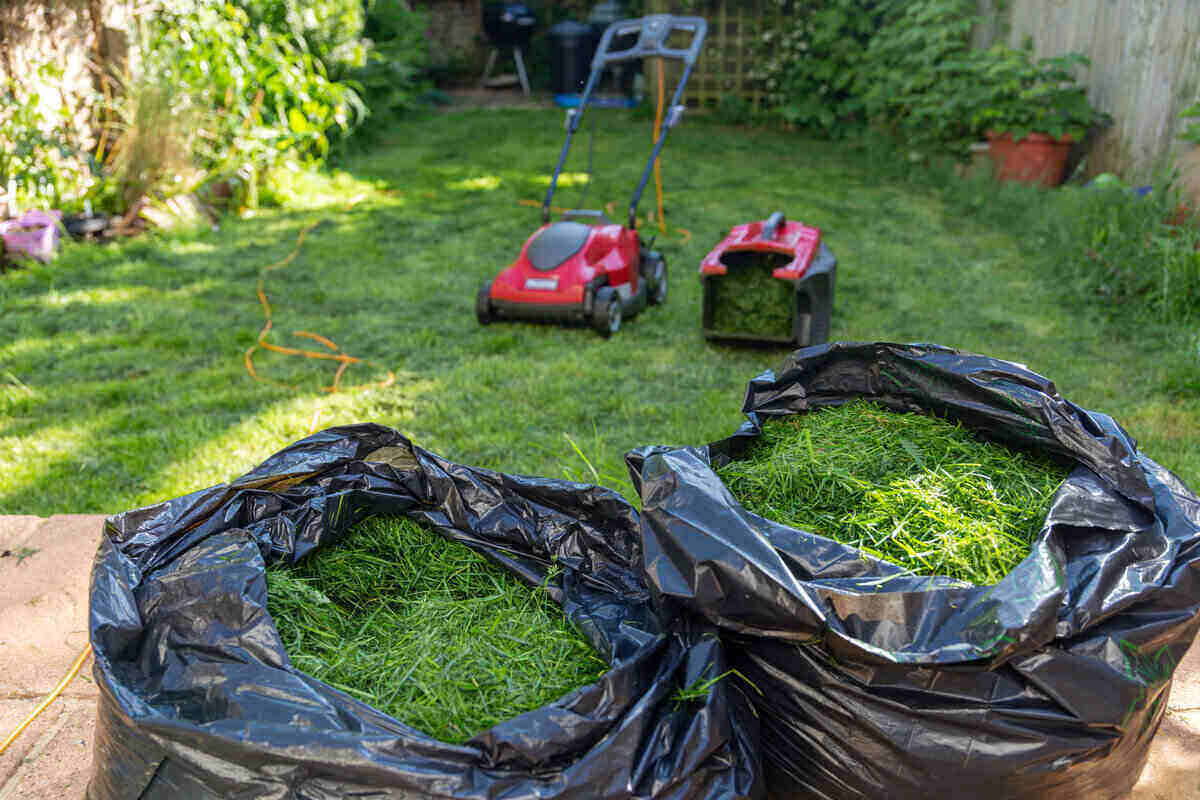
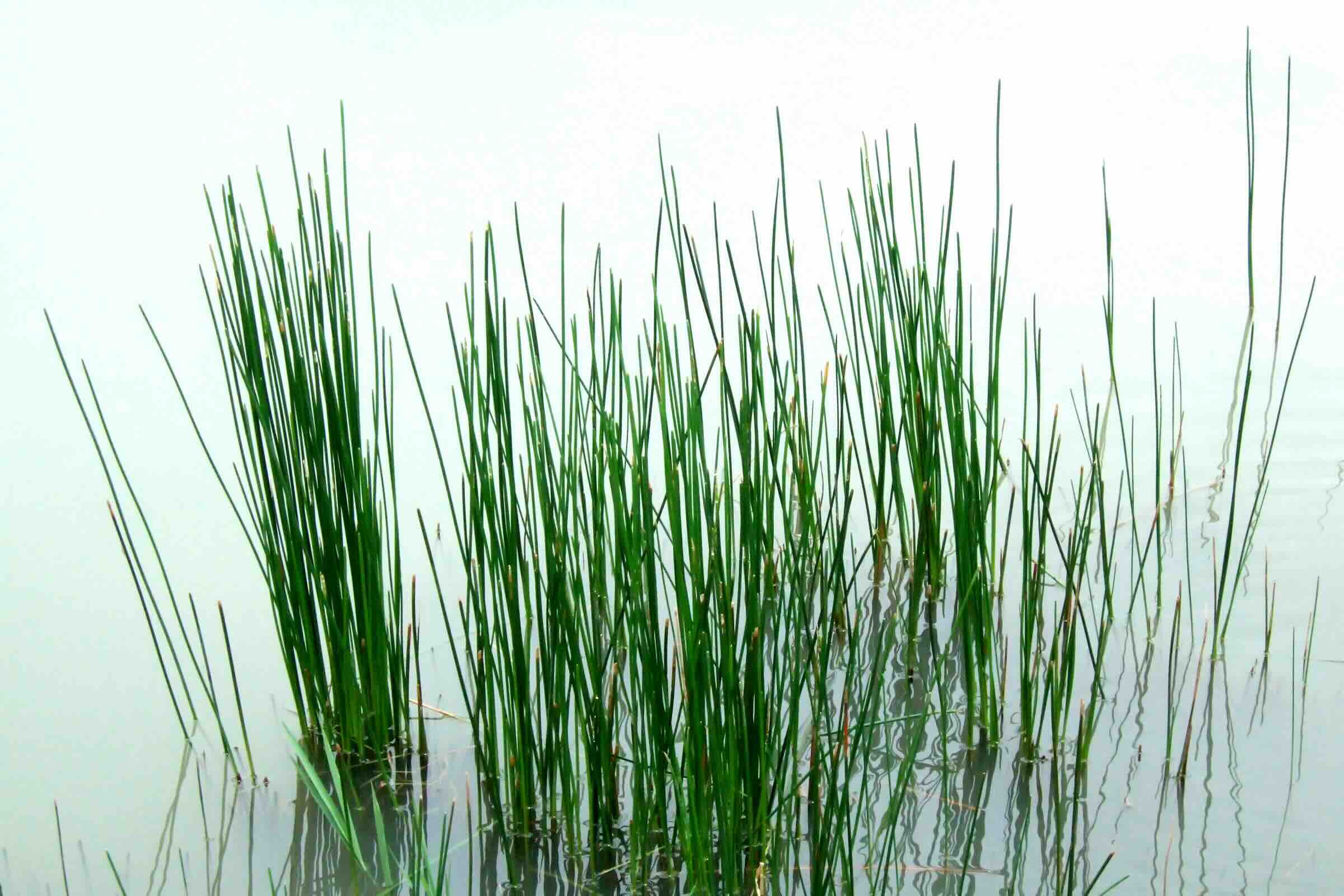
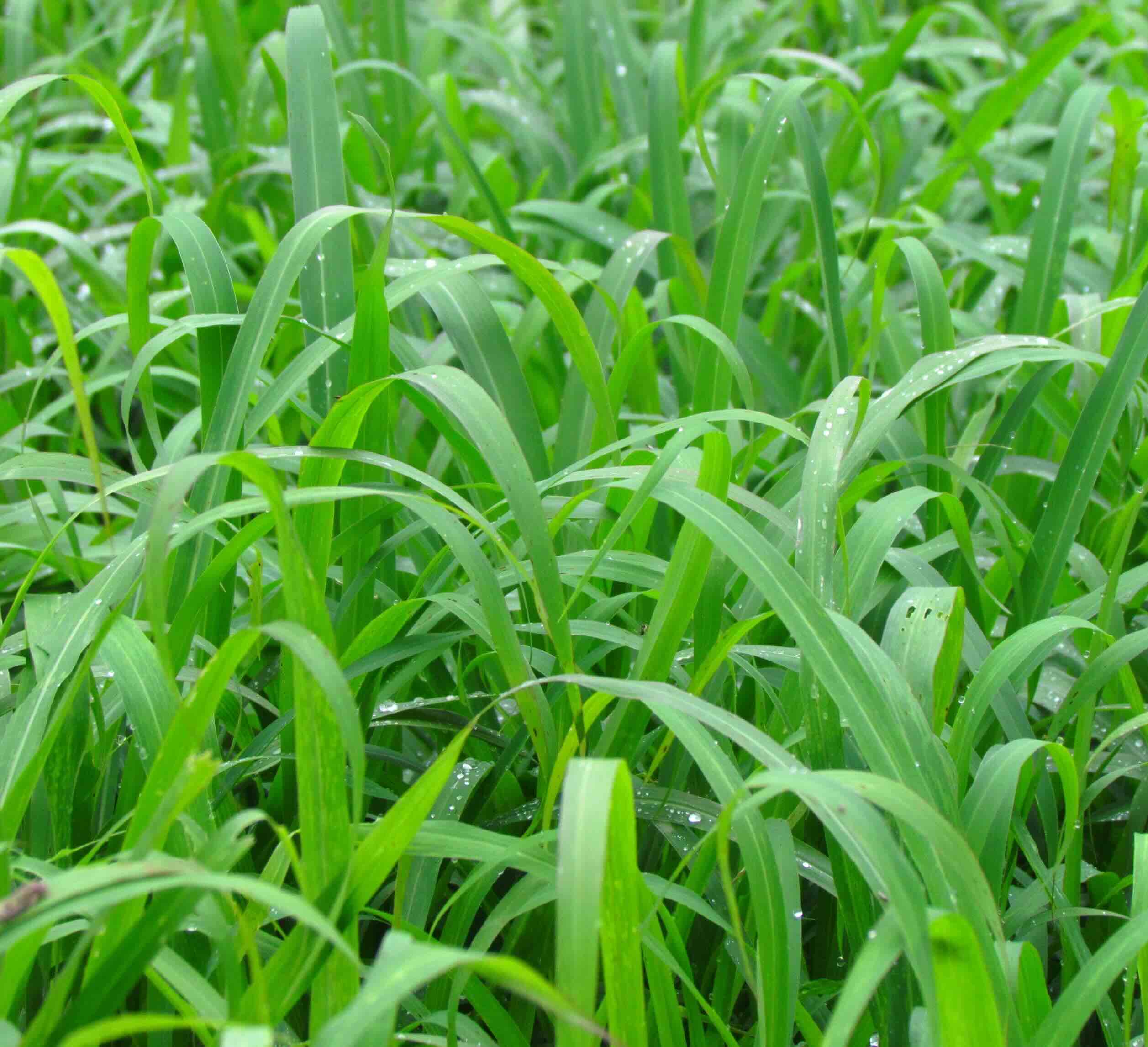
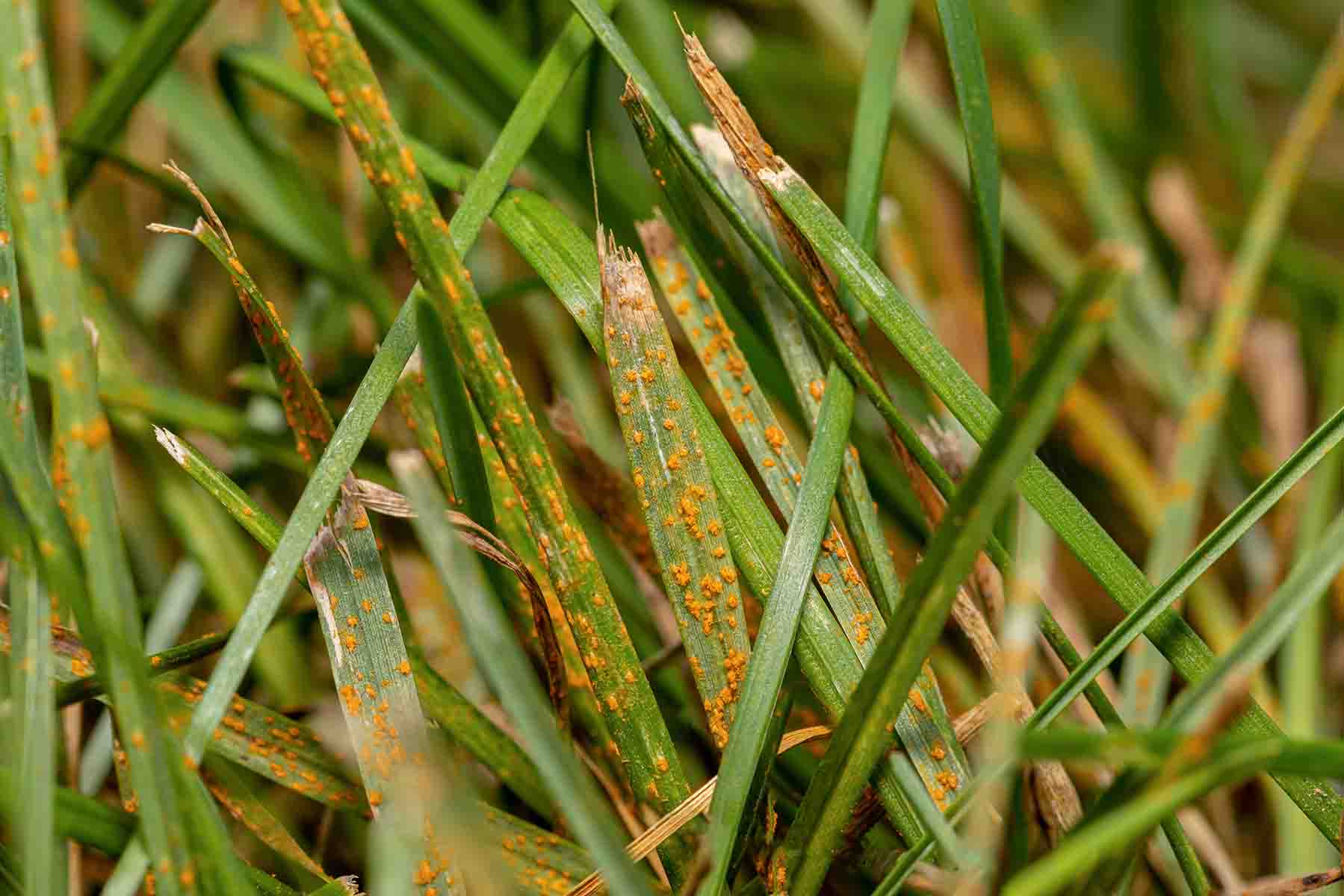

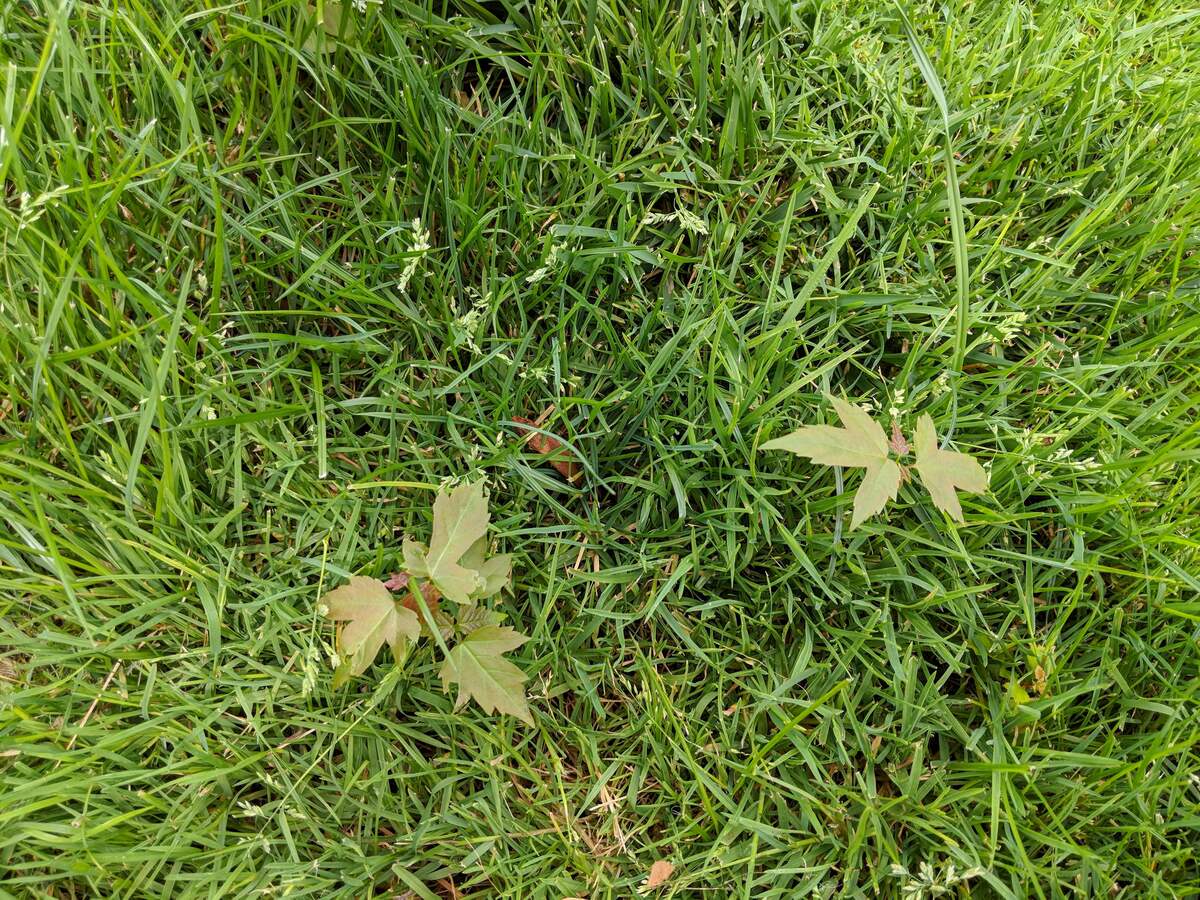
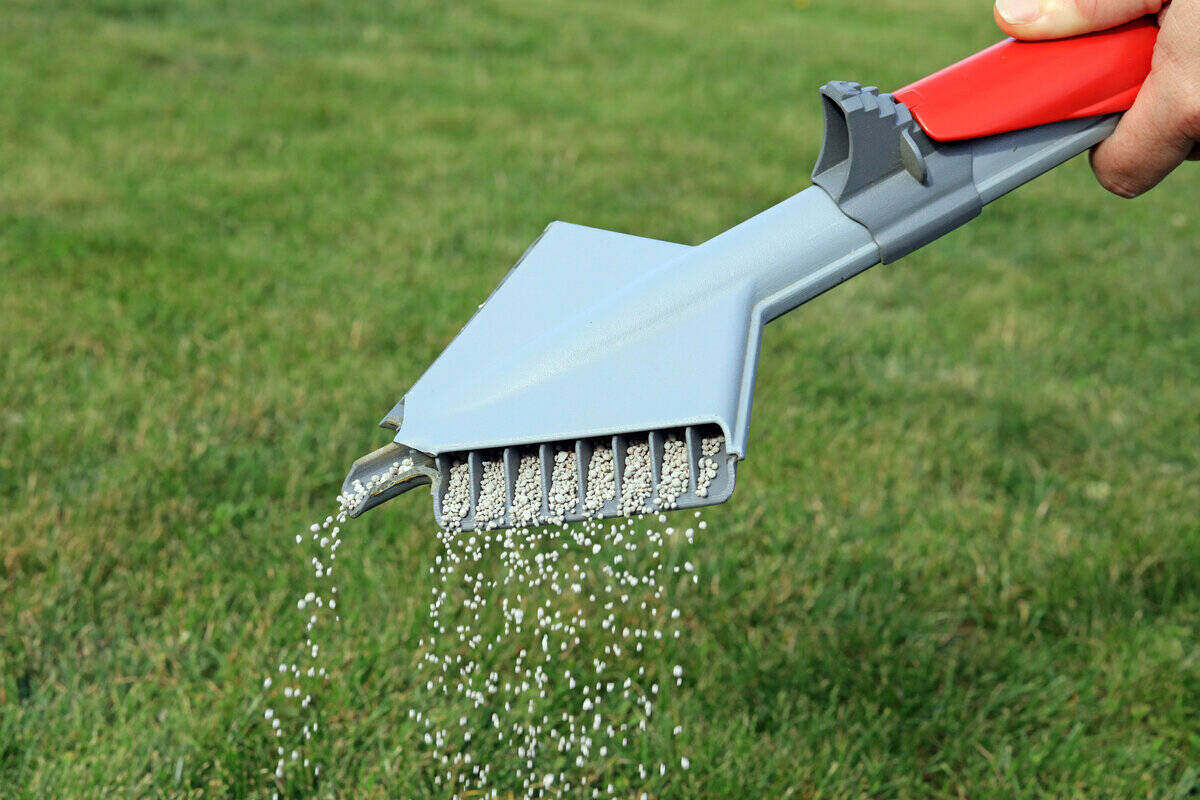
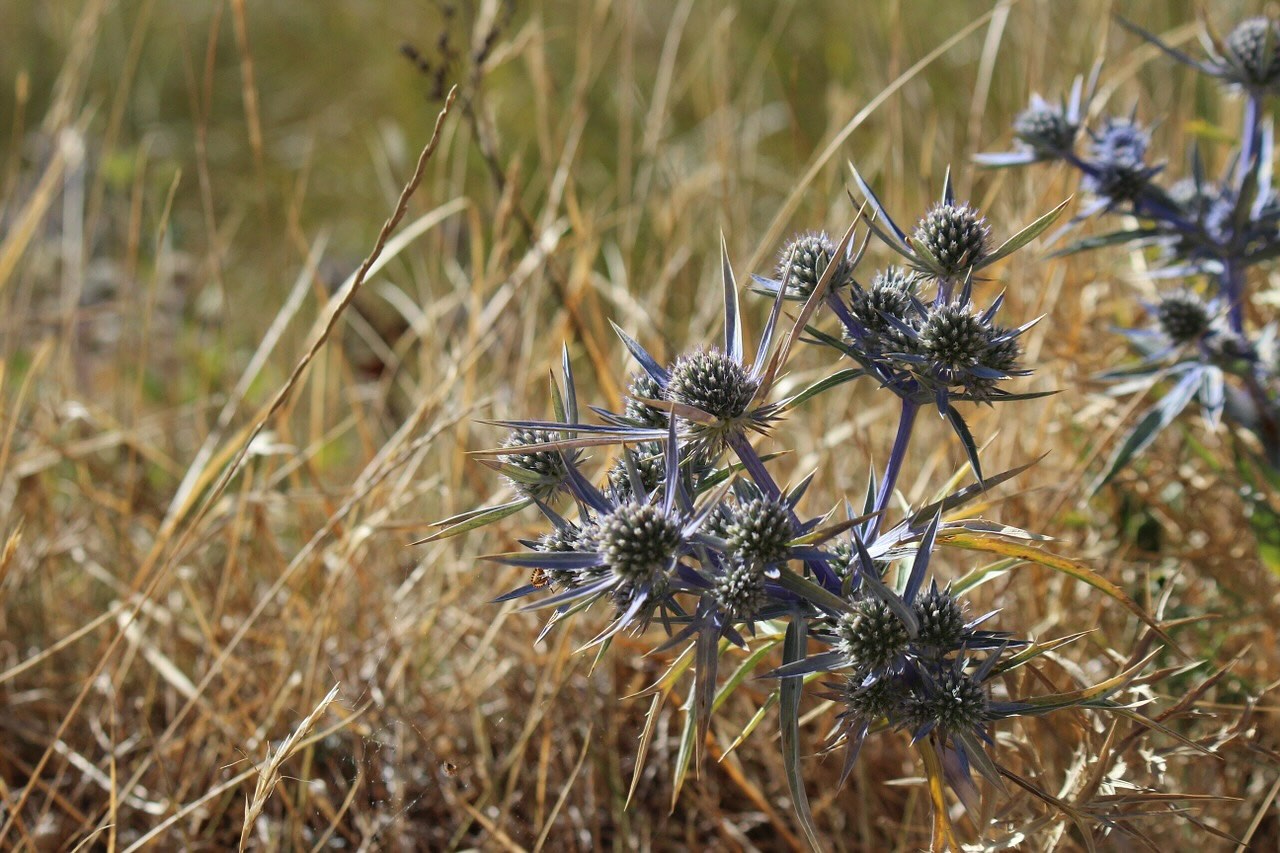
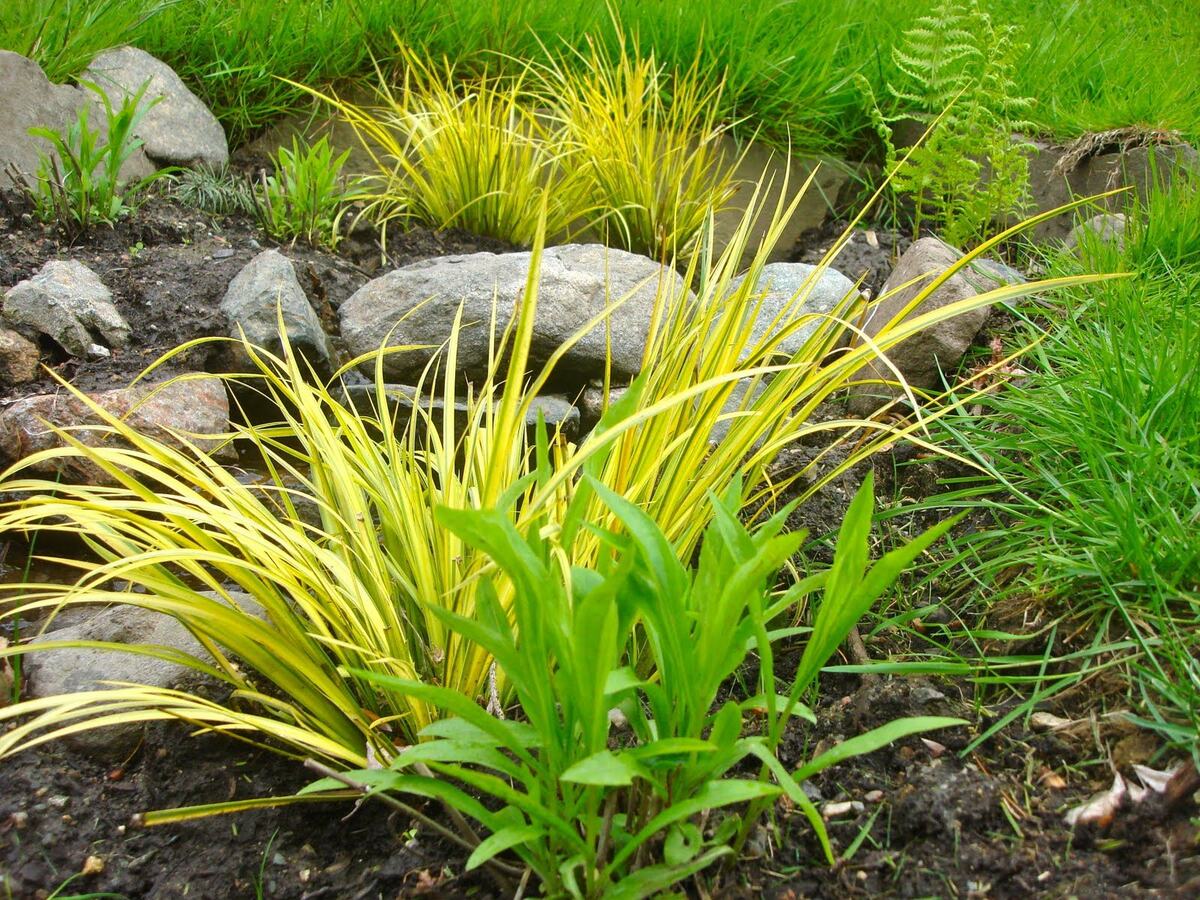
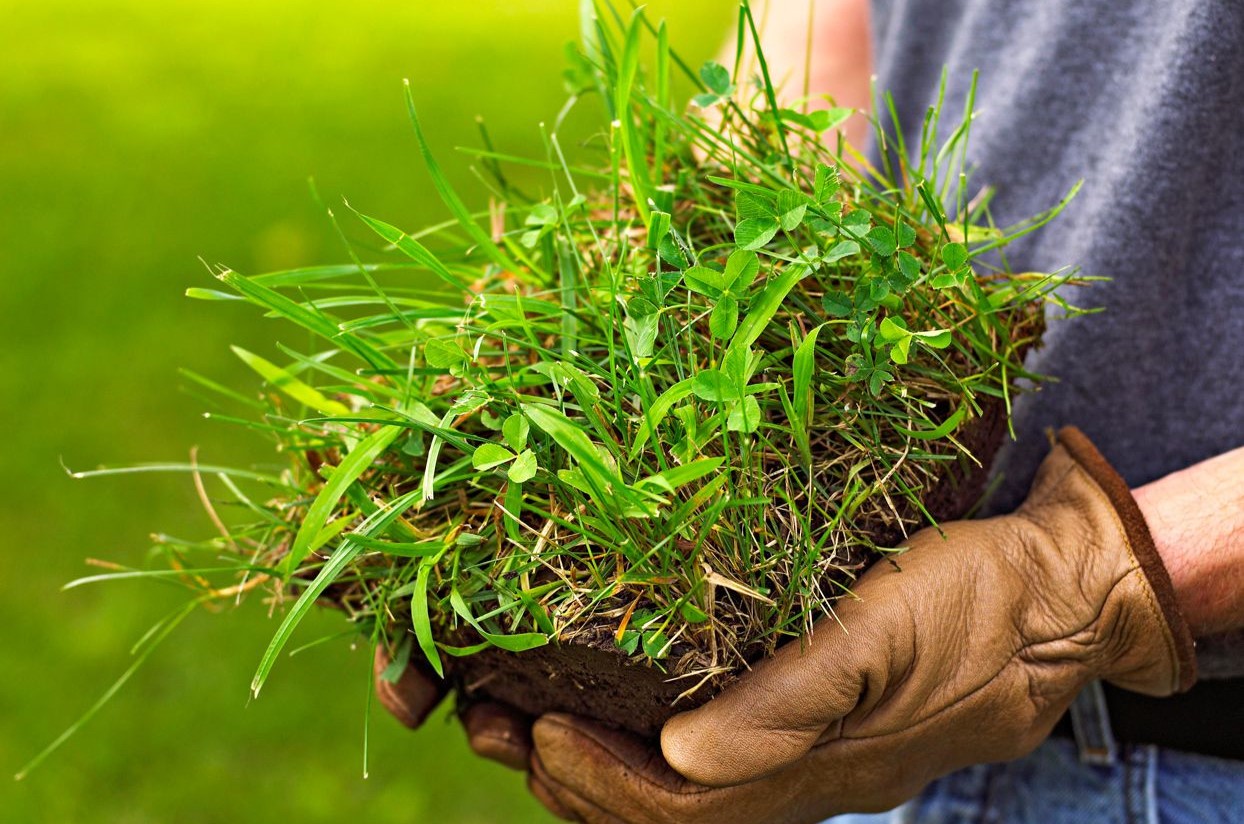
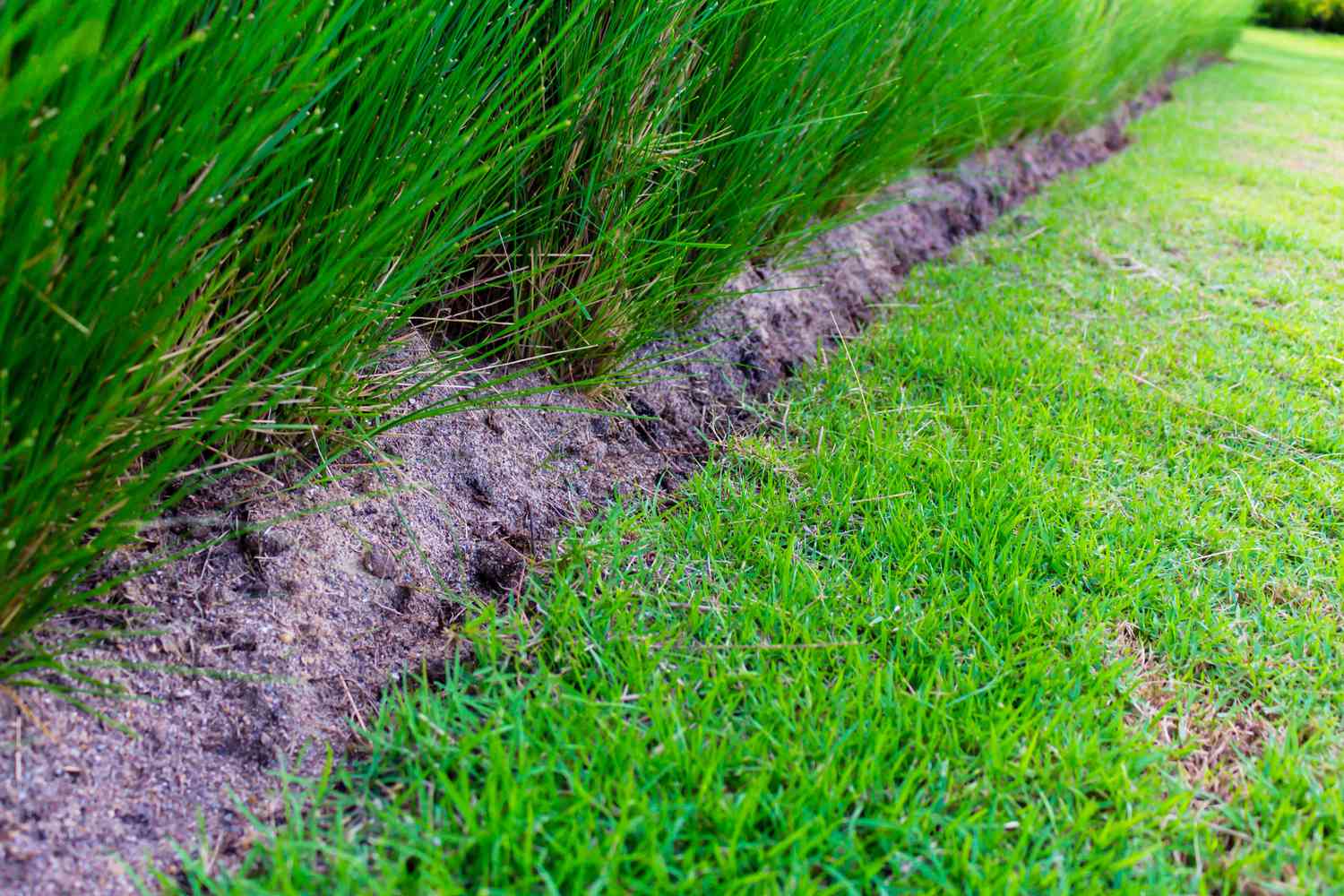
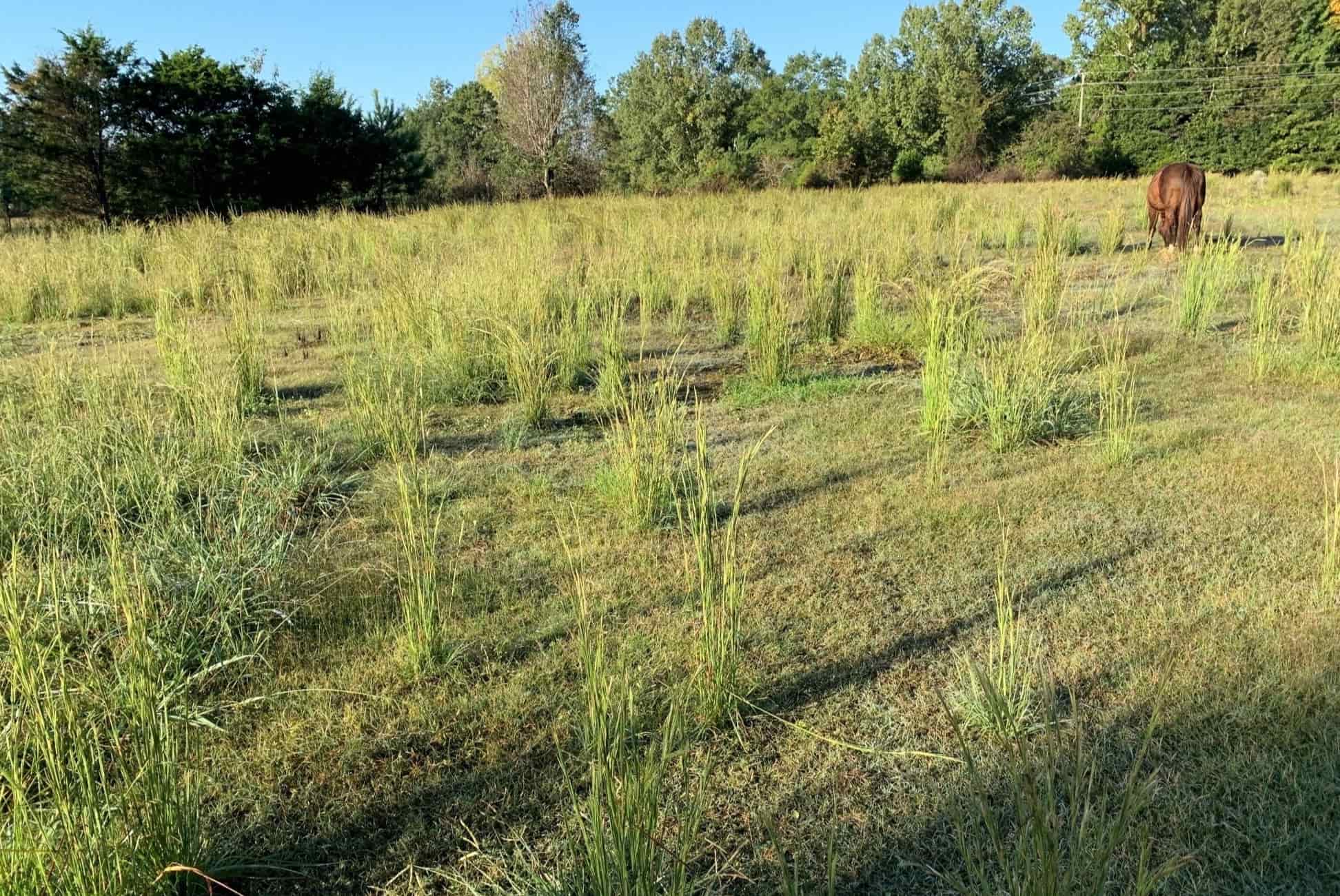
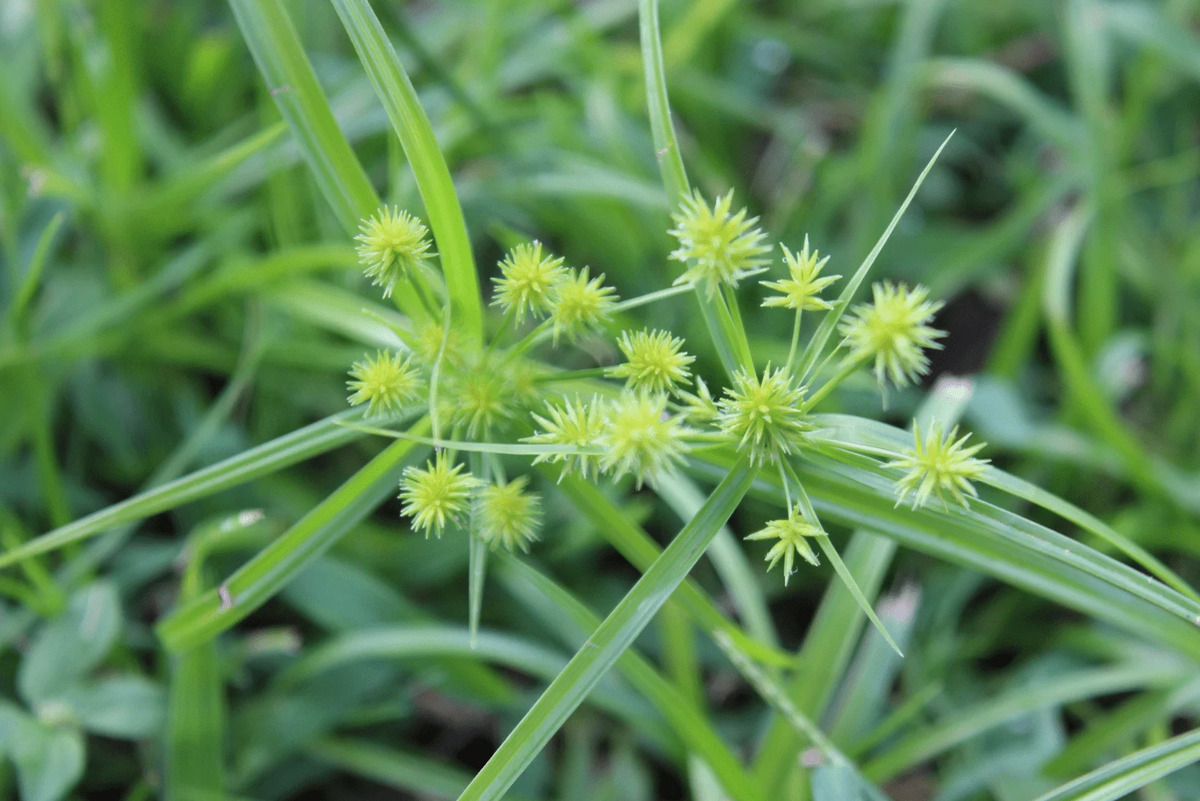
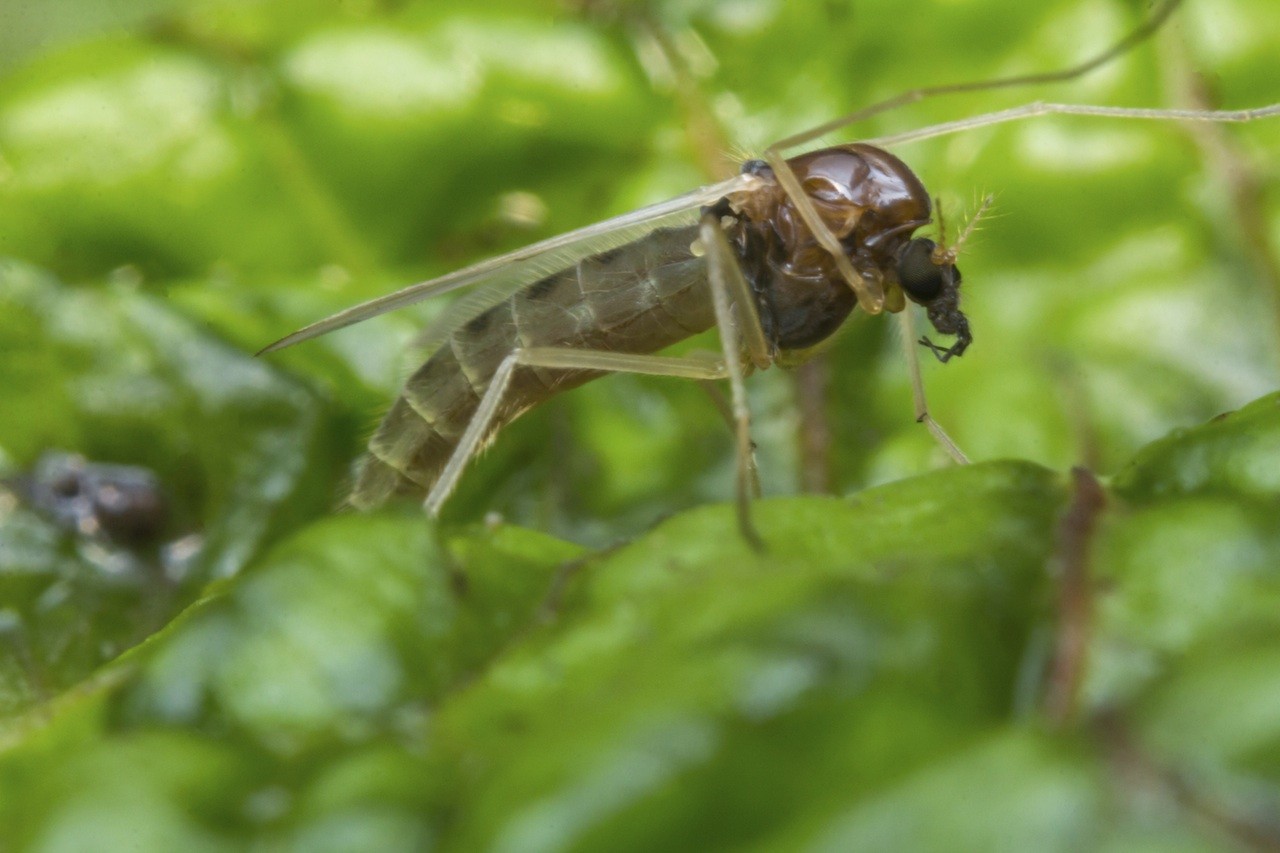

0 thoughts on “How To Get Rid Of Wheat Grass”